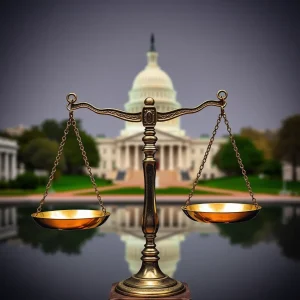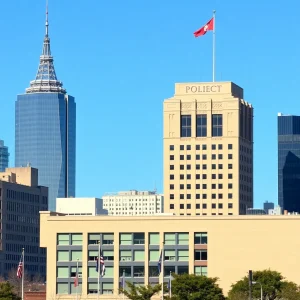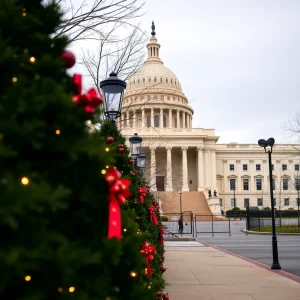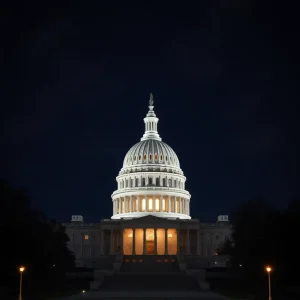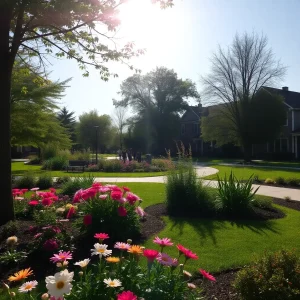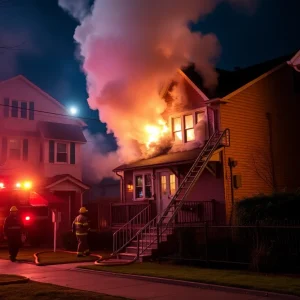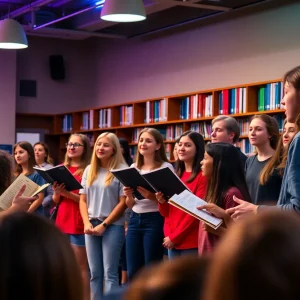Changes in College Enrollment as Diversity Takes a Hit
In the quaint yet buzzing city of Amherst, Massachusetts, a significant shift is happening in the college landscape, particularly at two prestigious institutions: Amherst College and Tufts University. This year, both schools reported a noticeable drop in the number of Black students admitted to their incoming freshman classes. It’s a trend that many fear signals a worrying impact from the recent decision by the US Supreme Court to end affirmative action in college admissions.
What’s the Scoop?
First off, let’s break down what happened: since the Supreme Court’s ruling last June, which declared race-conscious admissions as unconstitutional, colleges have been scrambling to figure out the implications for future classes. Admissions officers are already showing signs that the ruling has cast a shadow over diversity efforts.
In a recent report, Amherst College revealed that the percentage of Black students among incoming freshmen plummeted from 11% last year to just 3%. Not surprisingly, this drop goes hand-in-hand with a decrease in Hispanic student enrollment as well, which fell from 12% to 8%. On the flip side, the share of white students jumped up from 33% to 39%. It’s a stark contrast that raises eyebrows and questions about the future of racial diversity on campus.
Tufts University Mirrors the Trend
Meanwhile, over at Tufts University, the numbers are pretty much following the same script. The share of Black students in the incoming class of 2028 has now dwindled from 7.3% to 4.7%. That’s a significant dip! As if this narrative couldn’t get any more dramatic, the percentage of white students has risen too, from 46.8% to 49.3%. Asian American student enrollment saw a slight decrease, falling from 20.3% to 19.7%.
Following the Lead of Other Colleges
And they’re not the only ones facing these changes. The Massachusetts Institute of Technology (MIT) recently reported a striking drop in admissions from historically under-represented racial and ethnic groups. The data showed that the percentage of Black students enrolled this year fell dramatically from 15% to 5%. Similarly, the number of Hispanic and Latino students also took a hit, dropping from 16% to 11%.
What Are Schools Saying?
In light of these shifts, Matthew L. McGann, the dean of admissions at Amherst College, expressed a clear acknowledgment of the situation. He stated that “as a consequence of the Supreme Court’s decision, the incoming class is not as racially diverse as recent classes have been.” It seems like this is just the beginning of a more significant conversation around diversity in higher education as the effects of this ruling unfold.
The Bigger Picture
The troubling statistics from these elite institutions hint at a broader societal impact, as maintaining diversity in education is often seen as essential for fostering a richer learning environment for all students. Many critics are voicing concerns that this could lead to long-lasting effects beyond just college campuses, affecting various sectors in society.
While some universities, like Harvard University and the University of North Carolina, are yet to release their admissions data, the early trends at colleges like Amherst and Tufts serve as a crucial indicator of where things could be heading.
As everyone watches what unfolds over the coming years, the hope is that schools can find a way to enhance racial diversity even in the face of difficult challenges. It’s clear that the story of college admissions is far from over, and the implications of these changes are just beginning to be understood.





